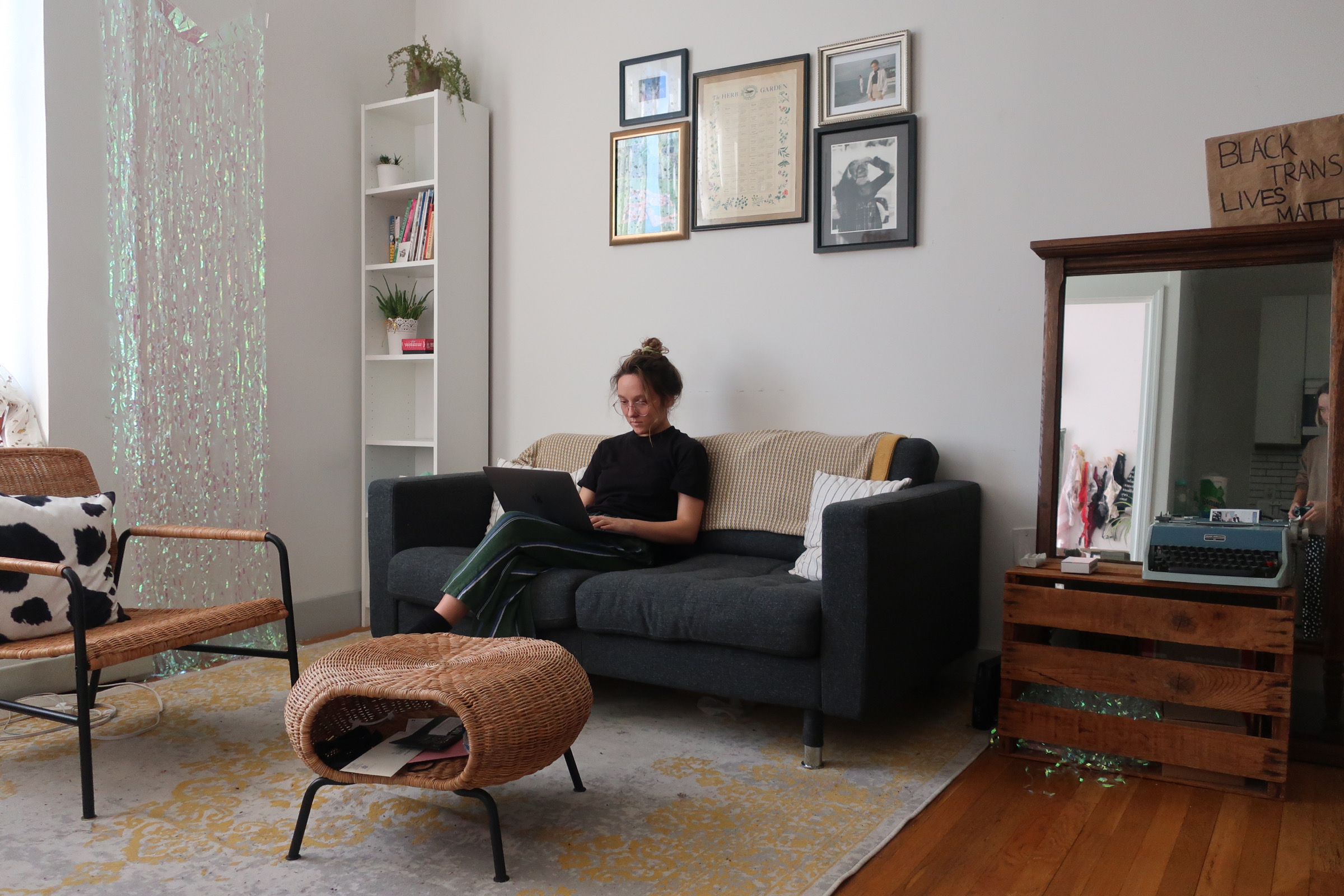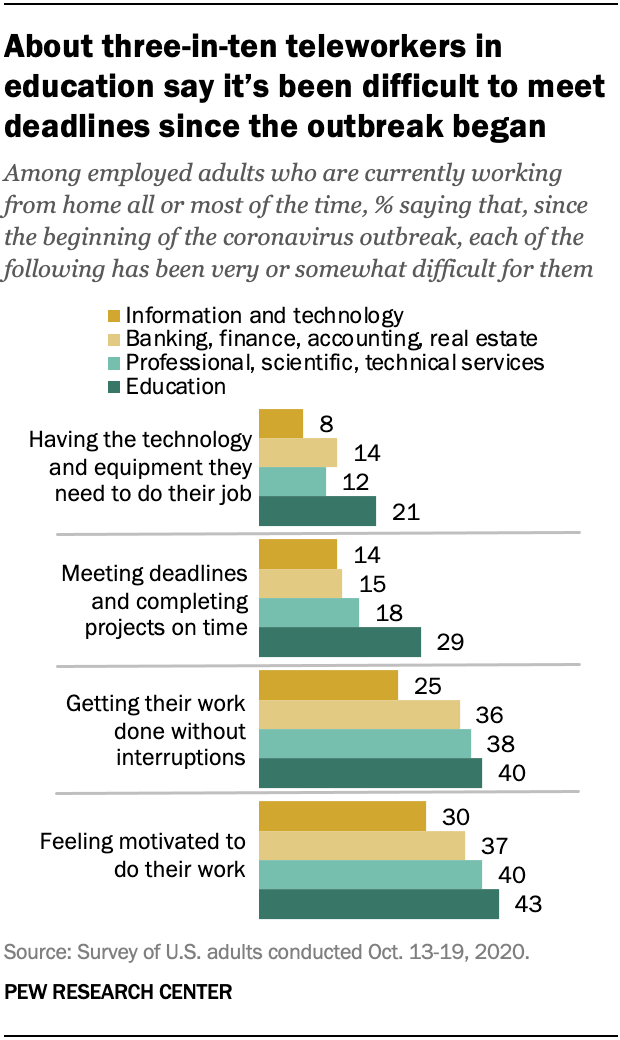Getting up at the sound of her alarm, showering, brushing her teeth, getting dressed and applying makeup–this is what Ava Williams, 24, does every weekday morning, just so she can sit in her apartment and start what is no longer a normal 9-to-5 workday.
Now in the second year of the pandemic, as vaccines have become available to more people, many have begun to contemplate a return to normal or at least a new normal with COVID-19 precautions. But for many in the workforce, the new office normal may still look like their home.
For the juniors and seniors who are preparing to enter the workforce after graduation, they might not be entering a world so different from what they are experiencing now as students learning remotely.

Unlike a company office, a home office can offer obstacles that make it an ineffective work environment. This means that both the veteran members of the workforce, as well as those just joining, may have a more difficult time adjusting to the changing office landscape.
Polling data, taken by Pew Research Center, showed that individuals across various occupations, such as education and finance, found it difficult to balance work and home life. Many also expressed that they felt more fatigued after a day of video meetings.
“The number of people I would meet over Zoom, it was terrible! I was like, I don’t like this, it’s anxiety-inducing,” said Williams, a graduate from Fashion Institute of Technology, “Like the panic of trying to get your video to go on immediately!”
A study from PRC reported that while a majority of participants found telework and online zoom a good substitute for in-person meetings, 35% said it was not. Another 37% expressed Zoom fatigue and anxiety similar to what Williams had experienced.
Shayne Bernstein, associate director at Hunter’s Career Development Services, said that after multiple semesters conducted remotely, students likely already have the tools needed to transition to a job that is also remote.
Williams admits that while she was already accustomed to a relatively independent work environment as a photographer and when working on postproduction retouching, the transition to working in a fully remote capacity was still difficult.
“I want to go back to being the normal working person where 9-to-5 is a definite thing,” said Williams. “I feel like for that to happen, we all need to go back to a 9-to-5 workday.”
Williams is not the only individual to express a certain level of anxiety when it comes to working solely through computer communications. Her twin Chloe also feels uneasy when thinking of the possibility that her next job could be one that doesn’t require trips to the office.
“It would be hard for me,” said Chloe, a senior at Hunter College “I am particularly shy and anxious when it comes to new jobs in the first place, and the anxiety of doing it over the computer is even worse!”
When it comes to whether future jobs remain permanently remote, Bernstein said that many employers are still evaluating the need to return, as well as what that would look like.
“Most are saying be flexible with us,” said Bernstein who explained that many companies are still waiting on more guidelines from the CDC, noting that what works now for companies may not work six months from now.

